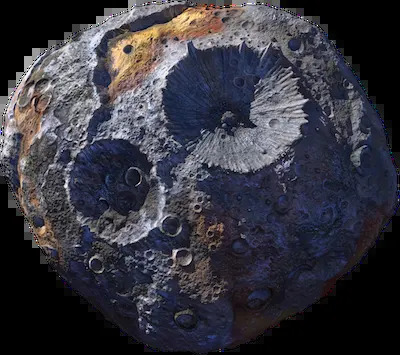BBC
Thu, November 2, 2023

Police say they took Joe Ajaero into custody to save him from a mob attack
Police in Nigeria have been heavily criticised following allegations that they detained and assaulted the leader of the country's largest trade union.
"Big blows to the head" were inflicted on Nigeria Labour Congress (NLC) leader Joe Ajaero, union officials said.
The attack took place during a protest on Wednesday in Owerri, the capital of south-eastern Imo state.
Police have denied the allegations, saying they took Mr Ajaero into custody to save him from a mob attack.
Local media reported that the union leader was later released, and he immediately went to receive medical treatment for facial injuries.
A video of a wounded Mr Ajaero also emerged on social media, prompting criticism of the police from many Nigerians.
They included human rights lawyer Inibehe Effiong, who said that the "brutish and degrading" treatment of Mr Ajaero should not go unchallenged.
"This will have a devastating consequence on the civic space in the country," he added.
The NLC has been in a prolonged standoff with the Imo state government, saying workers' salaries and benefits have not be paid for more than 20 months
In a joint press release, the NLC and the Trade Union Congress (TUC) said that "police accompanied by thugs inflicted heavy injuries and blows to his [Mr Ajaero's] head and body, kicking him in the process while dragging him on the ground".
NLC spokesman Benson Upah also alleged that police continued to assault Mr Ajaero after taking him away, causing injuries that shut his right eye.
But police said that Mr Ajaero was attacked by NLC members who were opposed to the union's plan to carry out a lockdown of the airport and other essential facilities in the state.
They added that they took Mr Ajaero into custody to "ensure the protection of his life and that he was not lynched".
Last month Nigeria's labour unions called off plans for an indefinite strike over the rising cost of living after President Bola Tinubu's government agreed to temporarily raise wages and suspend value added tax (VAT) on diesel.
At the time, Mr Ajaero said that the nationwide strike would resume in 30 days if the government failed to address workers' complaints.





















